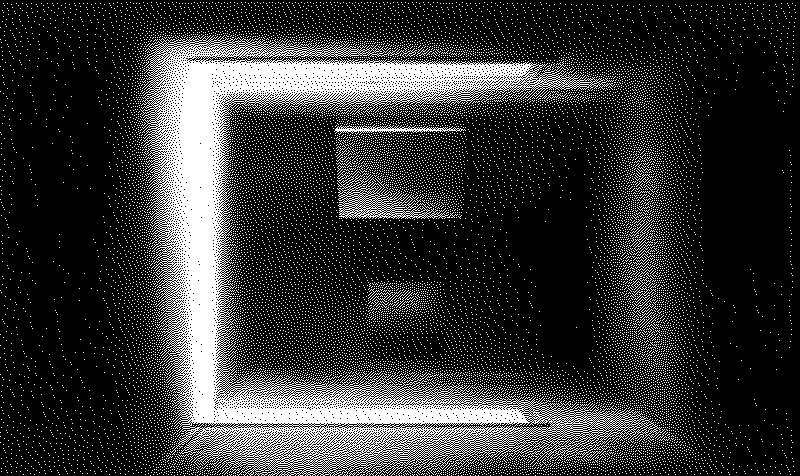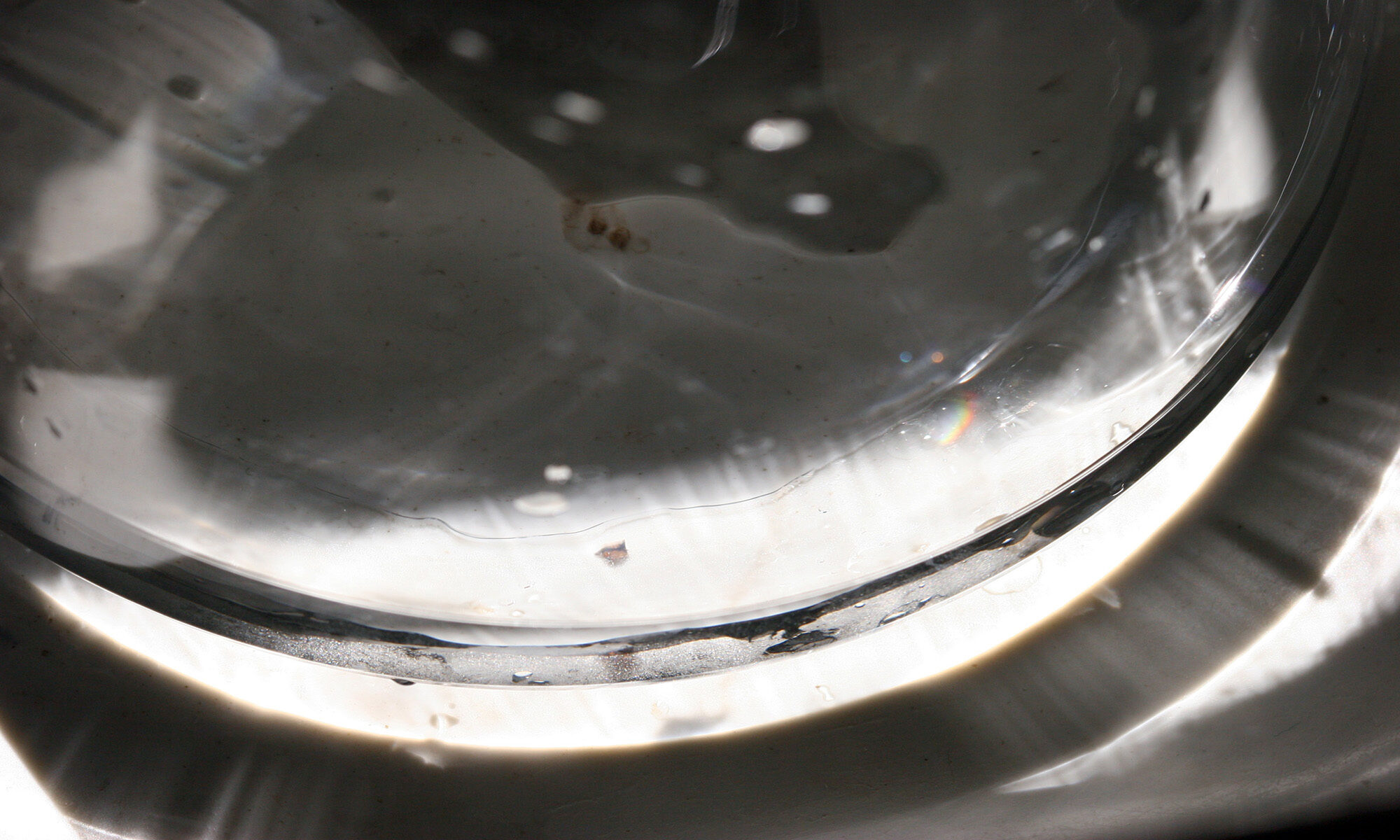家具変わる、 空間舞う風、 心の踊り。

The Modern Object Liberated in Function
The style of furniture changes as the individual’s relationships to family and society change. Corner divans and beds, coffee tables, shelving – a plethora of new elements are now supplanting the traditional range of furniture. The organization of space changes, too, as beds become day-beds and sideboards and wardrobes give way to built-in storage. Things fold and unfold, are concealed, appear only when needed. Naturally such innovations are not due to free experiment: for the most part the greater mobility, flexibility and convenience they afford are the result of an involuntary adaptation to a shortage of space – a case of necessity being the mother of invention. Whereas the old-fashioned dining-room was heavily freighted with moral convention, ‘modern’ interiors, in their ingeniousness, often give the impression of being mere functional expedients. Their ‘absence of style’ is in the first place an absence of room, and maximum functionality is a solution of last resort whose outcome is that the dwelling-place, though remaining closed to the outside, loses its internal organization. Such a restructuring of space and the objects in it, unaccompanied by any reconversion, must in the first instance be considered an impoverishment.
The modern set of furniture, serially produced, is thus apparently destructured yet not restructured, nothing having replaced the expressive power of the old symbolic order. There is progress, nevertheless: between the individual and these objects, which are now more supple in their uses and have ceased to exercise or symbolize moral constraint, there is a much more liberal relationship, and in particular the individual is no longer strictly defined through them relative to his family. Their mobility and multi-functionality allow him to organize them more freely, and this reflects a greater openness in his social relationships. This, however, is only a partial liberation. So far as the serial object is concerned, in the absence of any restructuring of space, this ‘functional’ development is merely an emancipation, not (to go back to the old Marxian distinction) a liberation proper, for it implies liberation from the function of the object only, not from the object itself. Consider a nondescript, light, foldable table or a bed without legs, frame or canopy – an absolute cipher of a bed, one might say: all such objects, with their ‘pure’ outlines, no longer resemble even what they are; they have been stripped down to their most primitive essence as mere apparatus and, as it were, definitively secularized. What has been liberated in them – and what, in being liberated, has liberated something in man (or rather, perhaps, what man, in liberating himself, has liberated in them) – is their function. The function is no longer obscured by the moral theatricality of the old furniture; it is emancipated now from ritual, from ceremonial, from the entire ideology which used to make our surroundings into an opaque mirror of a reified human structure. Today, at last, these objects emerge absolutely clear about the purposes they serve. They are thus indeed free as functional objects – that is, they have the freedom to function, and (certainly so far as serial objects are concerned) that is practically the only freedom they have.
Continue reading “Le Système des objets, into the domestic universe”
